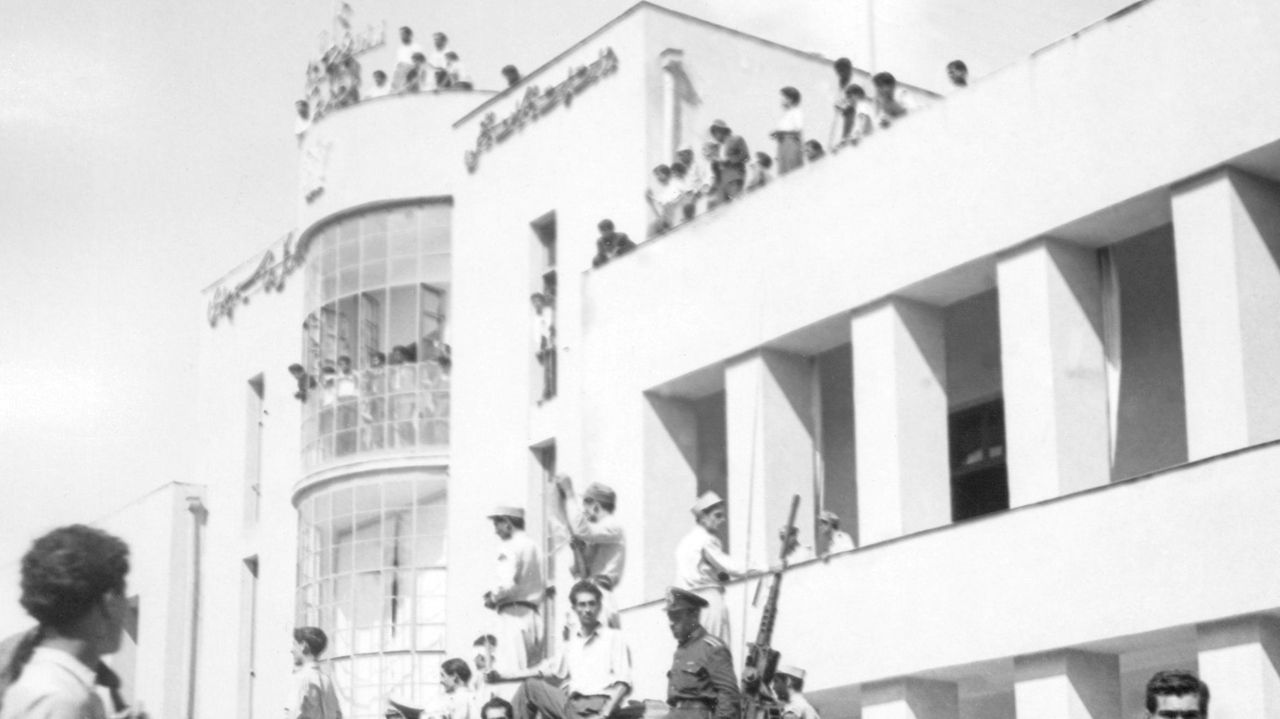EDITOR’S NOTE — In August 1953, a CIA-backed coup toppled Iran’s prime minister, cementing the rule of Shah Mohammad Reza Pahlavi for over 25 years before the 1979 Islamic Revolution.
The coup, carried out by allied members of its military and security forces, came after then-Prime Minister Mohammad Mossadegh had nationalized the country’s oil industry. At the time, Iran’s Abadan refinery was the largest in the world and a key supply for Britain, which backed the coup to regain its access.
For the Americans who pushed it forward with millions of dollars in bribes, weapons and other encouragement, the coup represented what Washington at the time saw as the best chance to halt any expansion by the Soviet Union into the Middle East.
At the time of the coup, the public had no idea about the CIA’s role in the putsch. That changed in the years after. Kermit Roosevelt Jr., a grandson of former U.S. President Theodore Roosevelt, led the CIA plot from Iran and later even published a book about it.
The American hand in the coup fed the enmity of those who overthrew the shah. And in the years since, the U.S. has avoided declassifying details from government files about it. The State Department in 2017 quietly published details of the coup once expunged from its official history, though some aspects of it remain classified to this day.
At the time of the coup, getting the news out of Tehran saw multiple challenges as well. One newspaper even provided a blow-by-blow account of how The Associated Press filed its first news of the coup but didn’t transmit again for hours.
“Apparently the AP dispatch was delayed by censor and transmitted after the government was overthrown,” read the Aug. 19, 1953, edition of the afternoon newspaper The Evening Star in Washington, D.C., which carried the latest dispatch at the time transmitted by the clacking teletype machines of the time.
A selection of the huge crowd massed in parliament square after Prime Minister Mohammad Mossadegh…
Read the full article here

Leave a Reply